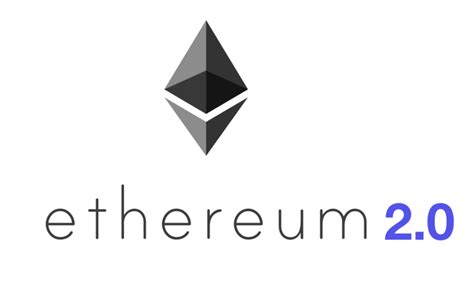Creating a new pool with connected mining: a comprehensive guide
Introduction:
In recent years, the cryptocurrency pools have become an essential part of the decentralized network. A merged mining, a technique in which more mining pools combine its resources to increase efficiency and profitability, has gained popularity among users. However, creating a new pool requires carefully planning and execution. This article will cover the necessary steps to create a new pool with connected mining, including transactions, pool fees and other considerations.
What is a mining connected?
The connected mining involves combining resources of multiple miners to increase the total hash rate of the pool. This technique allows users to divide the mining process into smaller tasks, increasing the efficiency and reduction of costs. Combining their resources, pools can achieve a higher hash rate, which in turn reduces electricity consumption and increases profitability.
Creating a new pool with a merged mining
To create a new pool with connected mining, follow these steps:
- Choose a CRIPTO Currency : Choose a crypto currency you want to include in your pool. Examples of Crypto Currency that often use connected mining are bitcoin, namecoin, Ethereum and others.
- Select a mining algorithm : Choose a mining algorithm that supports connected mining. Some popular algorithms for connected mining include Sha-246, Scrrypt and Hash Algorithm of cryptocurrencies (chash).
- Set the pool : Create an account on a distinguished crypto currency or wallet service. You will need to set up your account and get all the necessary documents to check.
- Select payment method : Choose a payment method that allows you to turn the transactions to be paid in the payment. Some popular options include:
* Bitcoin (BTC) : Bitcoin is widely accepted by most pools, but can charge larger transactions fees compared to other crypto currencies.
* NAMECOIN (NMC) : NameCoin offers competitive transactions and user interface fees.
- Configure the connected mining settings : Set the connected mining algorithm and the pool settings in accordance with your crypto currency and the selected pool provider. This will determine how the pool separates its resources and calculates the payment.
Transaction fees
Transaction fees are essential aspect of connected miner pools. You can include the transactions fees in the payment by installing a method of calculating a transaction fee in the configuration of your pool. Some popular options include:
* Transaction fee : Place a fixed fee per transaction, which is then multiplied by the number of transactions to calculate the total payment.
PigGybacking fees *: Calculate fees based on the total value of all transactions in the pool.
Pool fees
The pool fees are an additional collection that the pools impose on users. You cannot charge the pool fees at all or place a fixed rate at a transaction. Here’s how:
- Set the method of calculating pool fees

: Select one of the following methods:
* Transaction fee : Place a fixed fee per transaction, which is then multiplied by the number of transactions to calculate the total payment.
PigGybacking fees *: Calculate fees based on the total value of all transactions in the pool.
Other considerations
When creating a new pool with connected mining, consider the following factors:
* Electricity costs : connected mining consumes more electricity than solo mining. You should consider this in your energy costs and ensure that the pool can be afforded to pay your own electricity.
* Network congestion : As more users join the pool, the network congestion can increase. Be prepared to withstand increased traffic and adjust the configuration as needed.
* Security measures : Spend strong security measures to protect user funds and data.